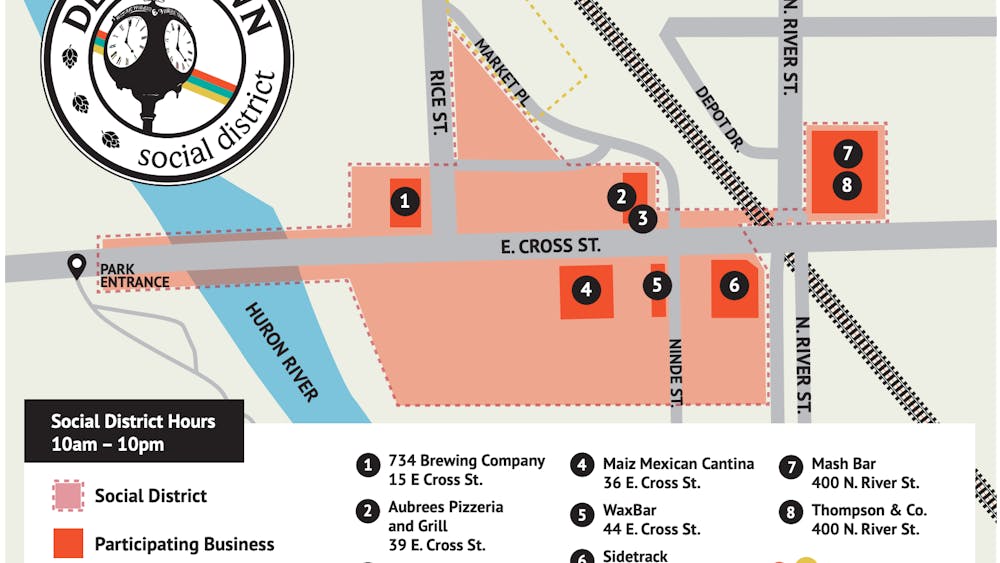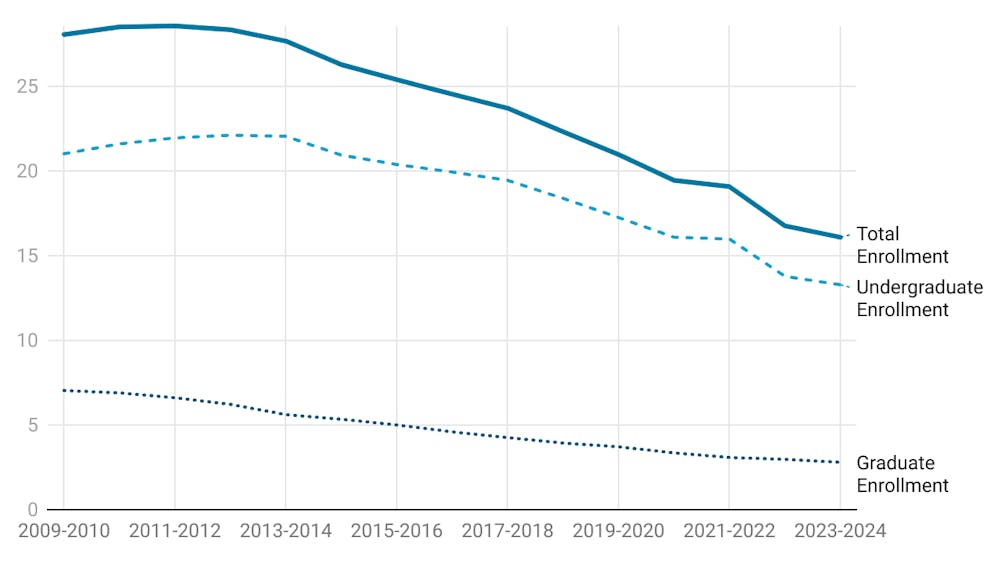In 2014, Hope Landline and Irma Corral of East Carolina University recommended “[u]sing wealth . . . household income, education, and household size . . . in studies of racial-ethnic health disparities, [to] improve” the overall quality of a health study.
Don’t compare apples to oranges.
Health studies are, unfortunately, by far the only field in which such thoroughness is lacking. Income disparities, unemployment, the balance of trade and job-creation are just a few of the many issues of which discussion is often amateurish. Statistics are repeatedly misinterpreted and fallacies run amok.
The unemployment rate, for example, is a real thing - it’s just not what you think it is. The word “unemployment” may be invoked praisingly or condemningly, but rarely is its technical definition explained. Perhaps I shouldn't call the unemployment statistic “useless;” perhaps “woefully debased beyond any meaningful semblance of usefulness” would be better.
The official “unemployment” rate, according to the Business Dictionary, is the “percentage of total workforce who are unemployed and are looking for a paid job.” The unemployment rate includes only people who are looking for work who cannot find work. If one is trying to measure how many people are not working, look to the labor force participation rate instead. It is a much more reliable number than the easily manipulated “unemployment” rate.
If you’re not officially unemployed unless you’re looking for work, are you not officially single unless you’re looking for a girlfriend or a boyfriend?
“[Racial-ethnic minorities] not only have lower incomes,” Landrine and Corral continue, “but also often support more people with them.” Landrine and Corral reinforce Sowell’s point; larger poorer income bracket look artificially poorer than they actually are because people assume, understandably so, that one bracket looks basically like another. A similar mistake is made when looking at the nice-sounding statistic “household income.”
According to the U.S. Census, in 2009, the household income of Asian, white, Hispanic, and black Americans was roughly $65,500, $52,000 $38,000 and $32,000 respectively. At first glance, it looks as though Asians and whites make almost twice what blacks and Hispanics make - and you would be right if all households had the same number of occupants. But they don’t.
“Households,” said economist Thomas Sowell, “are of different sizes. They vary over time. They vary from one group to another. They vary one income level to another. . . Whenever I see someone quoting household income, he’s trying to make things look bad.”
In 2013, the median Hispanic household had 3.3 members while the median Asian household had 2.9 with whites and blacks in between. Hispanic households - though not as large as in the past - are bigger than Asian households. The differences in incomes between Asians, whites, blacks and Hispanics is real but is augmented when one looks at households instead of people. As Mark Twain once said, “There are lies, damn lies, and statistics.”
Over the years, I’ve managed to put together a few rules of thumb, which I use to decipher statistics and otherwise bafflement-prone factoids. Here are three:
First: look at the labor force participation rate instead of the unemployment rate. Second: look at per capita income instead of household income. “When I did my study,” said Sowell on another occasion, “I didn’t use ‘single’ - I used ‘never married.’” Ergo the third rule: use “never married” instead of “single.”









